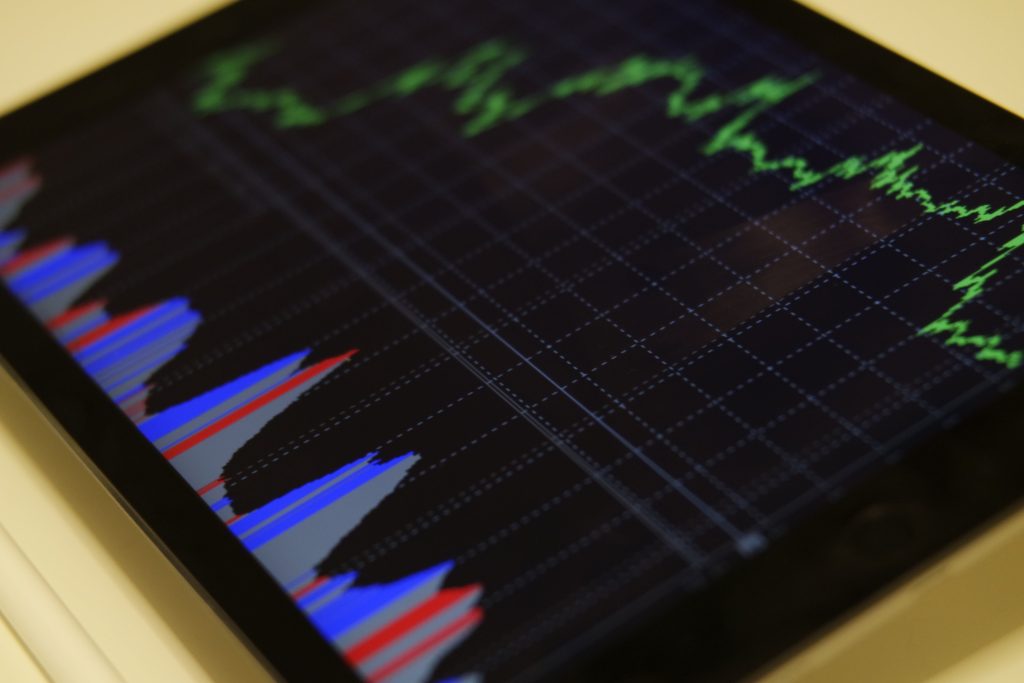
I-Bonds: Should you buy, sell, or hold?
Since the height of the COVID pandemic, inflation has been difficult to grapple with as more and more investors demand stability in their portfolio. However, in October of 2022, one interest-earning asset quickly came into the spotlight as both a secure and lucrative investment: U.S Series I Savings Bonds.
When it comes to I-Bonds, there are several important things to consider. First, you may be wondering, what is an I-bond? As a brief overview, Series I Savings Bonds (“I-Bonds”) are a security that earns a yield based on combining a fixed-rate with a variable rate that is tied to inflation. Both rates are important benchmarks to be cognizant of, however, each operates differently. On the fixed side, the rate is permanent at purchase and embedded in the I-Bond until redemption or maturity in 30 years. This rate can be adjusted but there is no set formula for how the Treasury decides what the rate will be. On the variable side, this rate will change twice a year based on an inflation rate derived from the CPI (Consumer Price Index). Coupled together, the I-Bond carries what is known as the composite rate. For this November 2023, that composite rate is at the highest it has been since its peak almost one year ago. This is mainly being driven by a rising fixed component as opposed to the variable side.
The second is, who is a good candidate for an I-Bond? I-Bonds are not for everyone, and generally should be used as an alternative to traditional bank accounts, where principal and liquidity can rather be preserved through an inflation-protected asset. These investments cannot be purchased in a traditional or Roth IRA and must be held in a taxable account. Next, the maximum annual purchase of an I-Bond is only $10,000 ($20,000 for a married couple). For high-net-worth individuals, the low ceiling means that it will take time to build a meaningful position of I-Bonds and ultimately achieve the desired level of inflation protection. Given the nature of rising interest rates and inflation investors face today, I-Bonds have become a useful tool to manage the erosion of purchasing power within other cash-equivalent assets.
Third, what duration of time should one hold I-Bonds? You cannot redeem I-Bonds in less than 12 months; however, any redemption after 12 months would incur a penalty of the last three months of interest earnings. I-Bond holders can avoid this penalty by holding the bond for no less than 5 years before redeeming. This is important because these facts added together tell us that if you don’t like the new variable interest rate after it resets in 6 months, you probably want to wait 3 months longer to the 15-month mark before you cash it out. That way, you lose 3 months of the low interest, not the high interest that you liked! Keep in mind that interest on your I Bonds is not earned until you complete the full month, so be sure to cash out early in the month. If it’s near the end of the month, plan on cashing out after the 1st of next month so you get the interest you’ve earned.
This brings us to a discussion around how investors can act on current opportunities within the fixed-income market. We recommend setting up an initial consultation with a fiduciary advisor, who can run a complete analysis of your unique financial picture and the goals that you have for the future. Next, your advisor will roadmap a path towards achieving your goals with the greatest amount of certainty and least amount of risk. From there, scrutinizing I-Bonds and their impact on your financial plan will help you and your planner understand whether this instrument adds both a suitable and strategic advantage to your portfolio. Over time, as investment and economic climates shift, your advisor will help you continue to navigate the topics explored in this article.
Insights delivered right to your inbox | Sign up
ONE ADVISOR | TWICE THE ADVICETM
Do you want to learn more information about how this relates to your current financial portfolio? Give us a call at (410) 823-5442 or email invest@peakeadvisors.com.
For disclaimer, please follow our link below:
https://www.peakeadvisors.com/site/wp-content/uploads/2019/05/Compliance-Social-Media-Disclaimer.pdf
